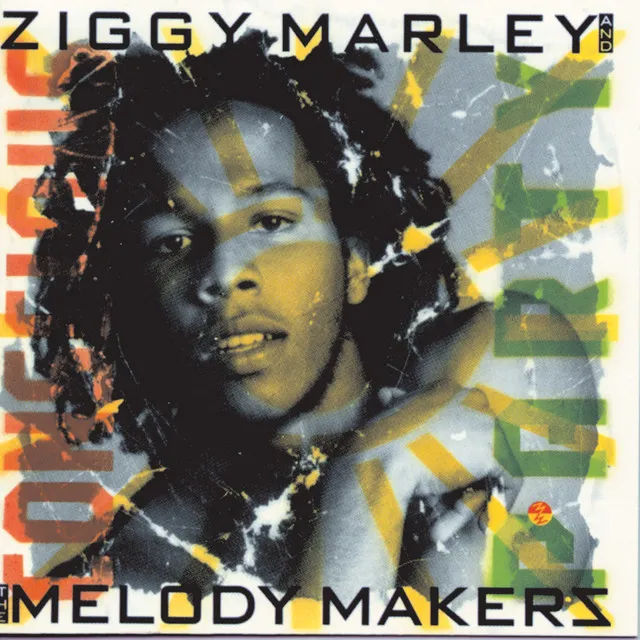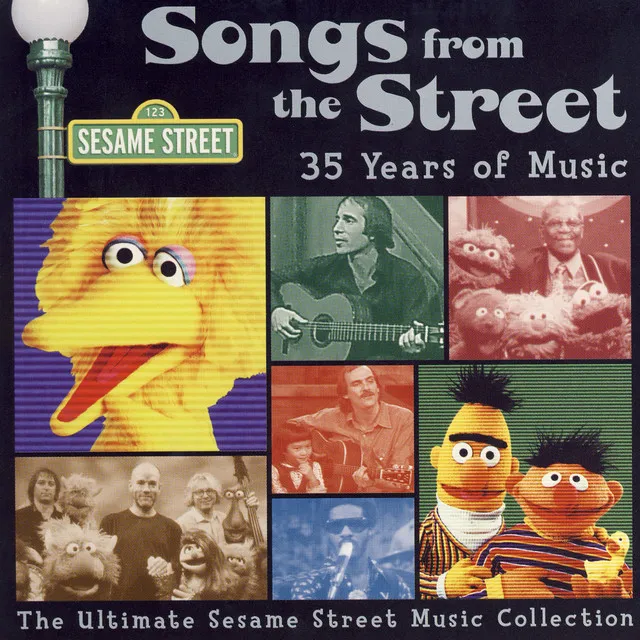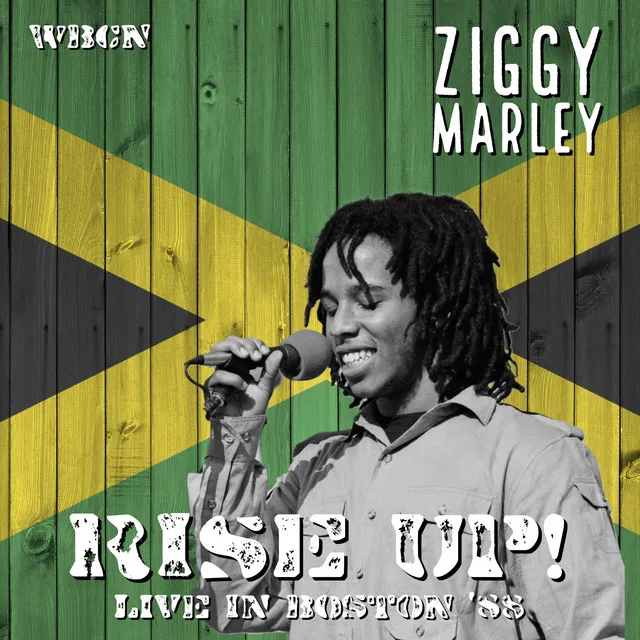Originally formed at the request of their father Bob Marley, it was only after his death that the Melody Makers came into their own. Although the group remain indebted to their father's musical memory, the quartet has gone on to create a unique crossover sound, far removed from Marley's own. Their vision, however, is similar to their father's desire to bring people together through music, and the Melody Makers' pop-reggae sound has certainly done that.
The band is comprised by four of Bob Marley's ten children, vocalist/guitarist Ziggy, vocalist/guitarist/drummer Stephen, vocalist Cedella, and vocalist Sharon. As the eldest, Ziggy is viewed as the group's leader, but it is truly a group effort, with Stephen often sharing in the songwriting and lead vocals. The four siblings initially came together as a musical unit in 1979 to record "Children Playing in the Streets." Bob Marley had composed the song four years earlier for his children and wanted to share this gift with children around the world. All royalties from the single were pledged to the United Nations, to aid its efforts during the International Year of the Child. Ziggy and Stephen performed together at their father's funeral on May 21, 1981, dancing alongside the I-Threes and the Wailers during their brief homage to the great artist. Later that year, the Melody Makers released their second single, "What a Plot," which, like their debut, appeared on their late father's own Tuff Gong label. Two years later, the group performed at Reggae Sunsplash, a festival that Ziggy and Stephen were already veterans of, having appeared on-stage there back in 1979 during the Wailers' own set.
In 1984, the Melody Makers began a recording session with English producer Steve Levine that yielded just one single, "Lying in Bed." The following year, the group finally released the debut album Play the Game Right. Although accompanied by the Barrett brothers, who were the solid rhythm section for the Wailers, the group's record bore little resemblance to their father's music. The Melody Makers had a breezy pop style, and while it was impossible not to hear Bob in Ziggy's vocals, this only emphasized the incredible emotional qualities of his own voice. The quartet again performed at Reggae Sunsplash in 1985, while the following year brought a new album, Hey World, credited to Ziggy Marley & the Melody Makers. The name change was more SOP to the press than a reflection of any changing roles within the band; in fact, Stephen was by then actively composing songs and providing lead vocals. This album laid the groundwork for the group's fast maturing sound. A phenomenal mix of upbeat pop and heavier roots, cemented by hip electro-production, it was evident that the Melody Makers were no longer in the thrall of their father's music, but had found their own voice. Still in their teens, the band's lyrical maturity was quite astounding, as they deftly explored the political morass of "Police Brutality," and took on a host of other cultural and religious themes. In support of the album, Ziggy Marley & the Melody Makers embarked on their first tour, a veritable Tuff Gong road show with Nadine Sutherland and the I-Threes along as opening acts. The group was well received at Reggae Sunsplash the same year and the next. And just to keep things simmering, Ziggy was also releasing exclusive cuts to the sound systems, re-recording classic Wailers' songs with new lyrics revolving around the system itself.
In 1988, the band's popularity was at such a height that they were signed to major-label Virgin Records. They then went into the studio with Tina Weymouth and Chris Franz of Talking Heads fame to record their third album, Conscious Party. The group had previously performed songs of different styles and they began expertly blending these styles together, shot through with electronics and fueled by strong dance beats. The album grabbed a well-deserved Grammy and a chart placement at number 23, while its attendant single, "Tomorrow People," was a smash hit. The Melody Makers' follow-up album, released in 1989, continued down the same merry path with the same production team in tow. One Bright Day was the equal to its predecessor, and again earned the group a Grammy, landing at number 26 in the charts. The year was complete with another stunning performance at Reggae Sunsplash, and it was two years before the group returned with a new album, Jahmekya. Perversely, although it brought the Melody Makers their most glowing reviews yet, the record itself did not begin to equal the sales of their last albums, and their new single, "Good Time," barely scraped the bottom reaches of the charts. Although Jahmekya was again nominated for a Grammy, this time it lost out. Still, another blinding performance at Reggae Sunsplash helped soothe the band's jitters.
The group decided to change tactics for the next album, 1993's Joy and Blues. Returning to their roots with a vengeance, and accompanied by former Wailers' bassist Aston Barrett, the album was their last for Virgin. The label would later bundle up 17 singles and album tracks for the compilation Best Of: 1988-1993. The Melody Makers set up their own Ghetto Youth United label, and having signed to Elektra, released the R&B-flavored Free Like We Want 2 B in 1995. The excellent Fallen Is Babylon followed two years later, a more experimental album that ranged from R&B to ragga, and it earned the band their third Grammy. They returned to Reggae Sunsplash in 1998, and before the millennium was out, the rootsy Spirit of Music arrived. Although album sales for these later records never equaled their earlier peaks, on-stage the group remained unequaled. Permanent proof of this arrived in 2000 with the Ziggy Marley & the Melody Makers Live, Vol. 1, a powerful album boasting hits, a cover of their father's "Could You Be Loved," and a celebratory "People Get Ready." ~ Jo-Ann Greene


